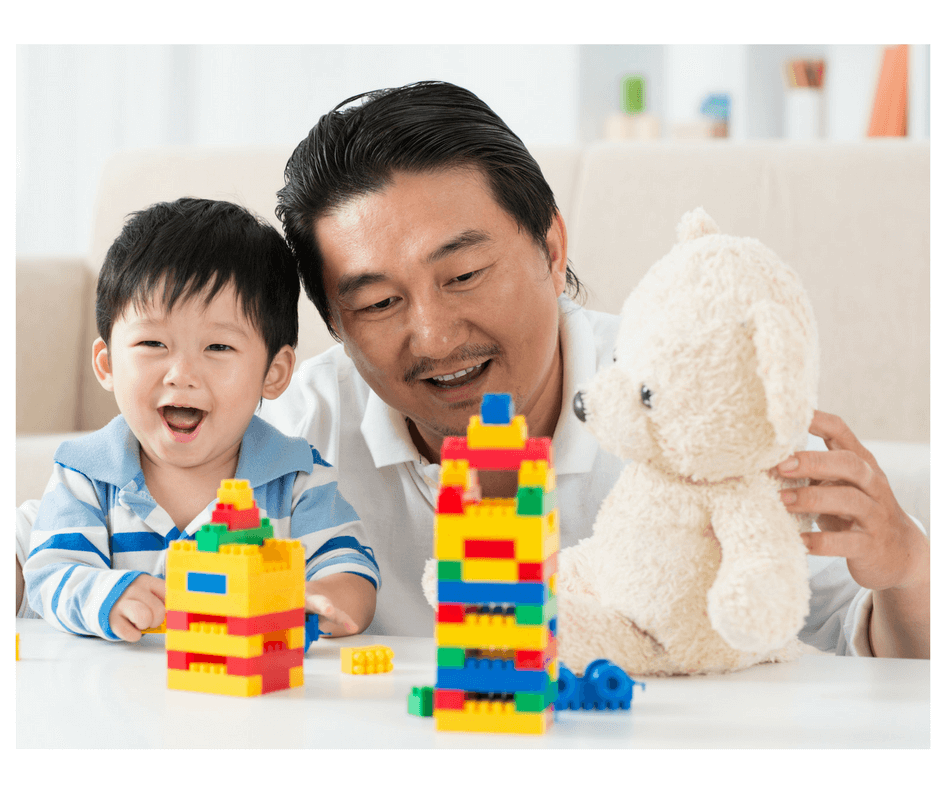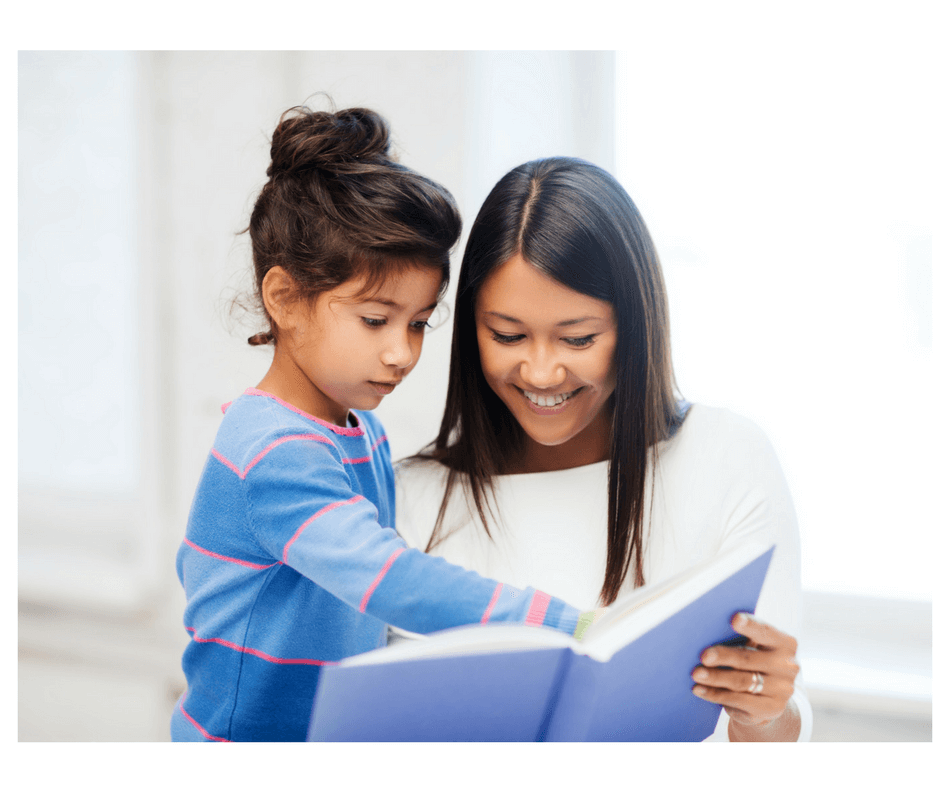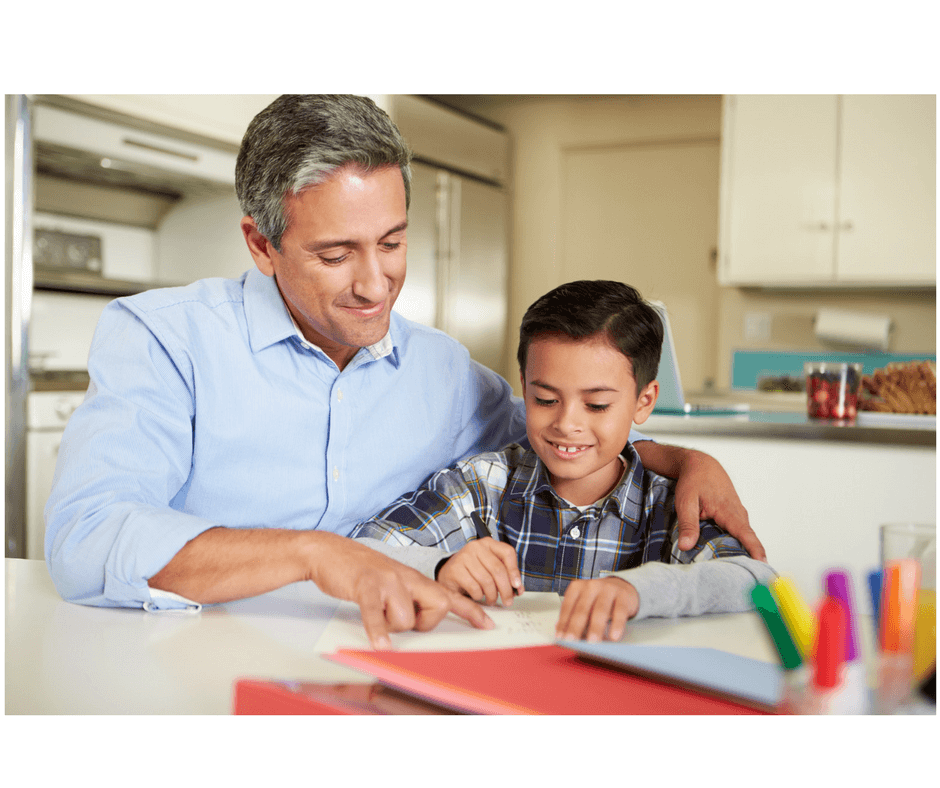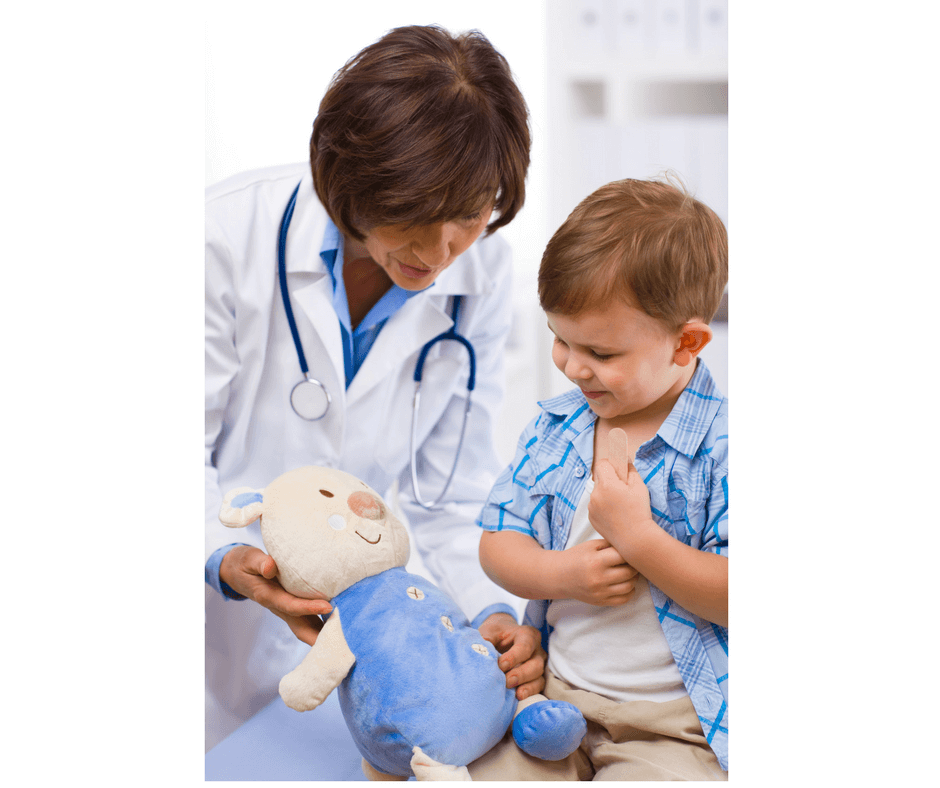Does your toddler start screaming as soon as you get to the doctor’s office or even when he recognizes the parking lot? It is normal. It means that your little one is developing memories. He remembers that someone did something to him last time that he was at the doctor’s office. And that he did not like it. Toddlers tend to generalize, and if his last visit to the doctor was hurtful and unpleasant, he is sure that it will happen that same way again.
How to make your toddler’s visits to the doctor easier?
- Talk to your child about the doctor’s appointment
- Timing is very important
- Stay Calm
- Prepare your child
- Read a Book
- In the doctor’s office
- Plan something for after the visit

1. Talk to your child about the doctor’s appointment
Your child might be afraid because he doesn’t understand what is going on. Give him details. If it is a routine checkup, tell him: “The stethoscope might feel cold”; “The tongue depressor might be rough”. If your child is sick, explain that “We are going to the doctor to help you get better”. Children cope more with discomfort if they are forewarned. If your toddler has a question and you don’t know the answer, write it down. Tell him that the doctor is the expert and that you will both ask the questions together and get the answer. Reassure your him that you will be there for the whole time. It is important that your child understands that going to the doctor is not a punishment. Let him know that adults also need to go to the doctor to stay healthy and to feel better when they are sick.

2. Timing is very important
Try to schedule the appointment during the time slot that you know your toddler is most cooperative. Avoid scheduling around nap time or right before snack or lunch time. Even though you might be scheduled for that “perfect time slot”, things can change. Be prepared to wait, bring your toddler’s favorite snacks, his lovey, and toys to keep him entertained.

3. Stay calm
Children pick up on parent’s anxiety. Stay positive and show him that you understand his feelings. Don’t say that “it won’t hurt”, say that you will get through it together.

4. Prepare your child
Children learn easily through play. At home, you and your toddler can do a pretend doctor’s visit with dolls or teddy bears. You can demonstrate what the doctor will do with a toy medical kit. Check the doll’s eyes, belly and ears. Let your child experience how a stethoscope works. That will help with his fear of the unknown. You toddler will be prepared and will be familiar with all the instruments. He might even take his doctor’s kit with him to the visit and compare his own doctor tools with the real ones.
You can also let your toddler feel that he is part of the process. Ask him to help with a list of his symptoms. Write them down and take the list to the doctor.

5. Read a book
Books can be helpful either to prepare your child for the doctor’s visit; or after your child’s doctor visit.
Read books at home that encourage your toddler to know the doctor visit is a normal part of life. You can even write a book yourself with some pictures saying “I’m going to the doctor, here is what is going to happen…” Then you explain that you and your child will wait in the waiting room, the nurse will weight and measure him, the doctor will exam him and in the end he will say “bye bye” and be very happy when he gets a sticker. Make it informative and make sure to add a happy ending.

If your child has had a medical trauma, writing a book together can help. Making a book helps your child build a neural connection between the implicit memory where the upsetting event is recorded and a new explicit memory that you are helping him to create (1). In that way, you will change the end of the story to a happy ending, helping your child to understand and see the story with an alternative point of view. While making the book, your toddler can give his input, which helps him process emotions. If you have photos of the bad experience add them to the book, with captions explaining the event. But, also add good memories. Include his friends coming to visit while he was sick; or his friends and family signing his cast; or grandma making cookies to help him heal. End the story with something happy. Like a happy picture of him running outside after staying several days in bed. Notice out loud how brave he was. Add something about the feeling. “I know that when you think about this Liam can get very sad, but mommy and daddy are always here to help him.”. Read the book with your child and acknowledge his big feelings. Let him talk and show him how to deal with his feelings. Use this as a “teaching moment”.

6. In the doctor’s office
Stay with your child the whole time. Make sure she feels safe. Explain what will happen. “The doctor will look at your ears now”. Give options when you can. “Would you like him to look at the right or left ear first?”. If you have two kids, let the younger one see how easy going his big brother is during the exam. A pacifier, a blanket or a stuffed animal can help your child to stay calm. Maybe the doctor can even exam the doll or the teddy bear first.

7. Plan something for after the visit
Tell your child how proud you are of him. Praise him. Do something together after the doctor’s visit. Going to the doctor is challenging for your toddler. There is nothing wrong is celebrating his courage and cooperation!
Written by: Marilee Hartling & Paula Boscardin
Does your child need help to heal from trauma?
Contact Marilee


Recent Comments